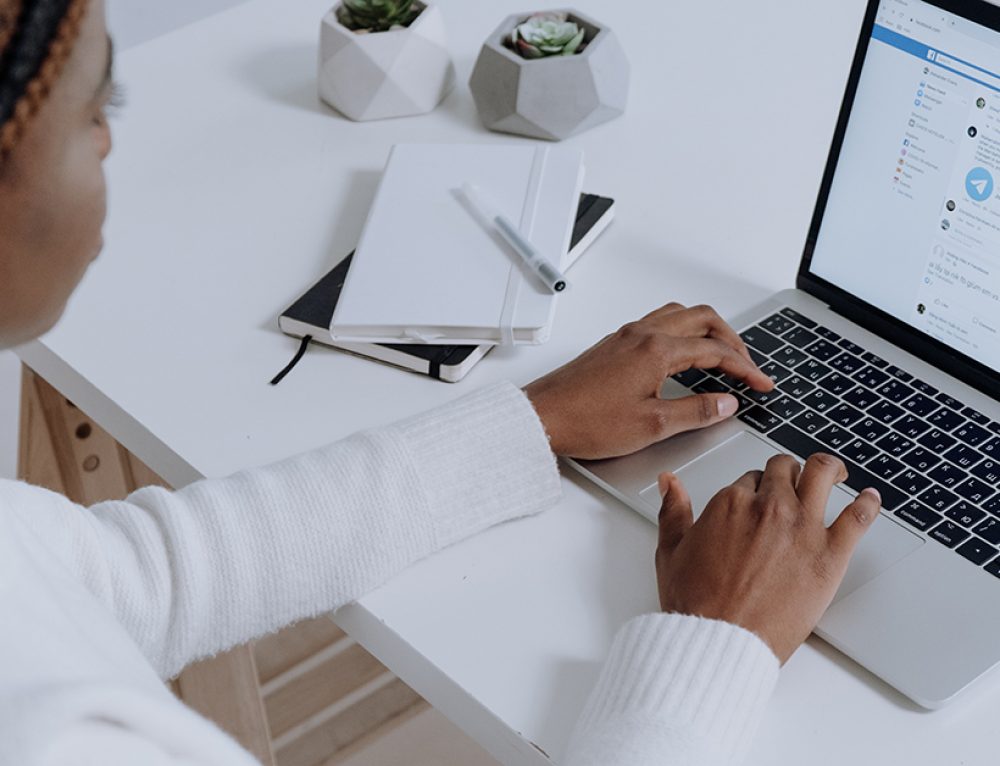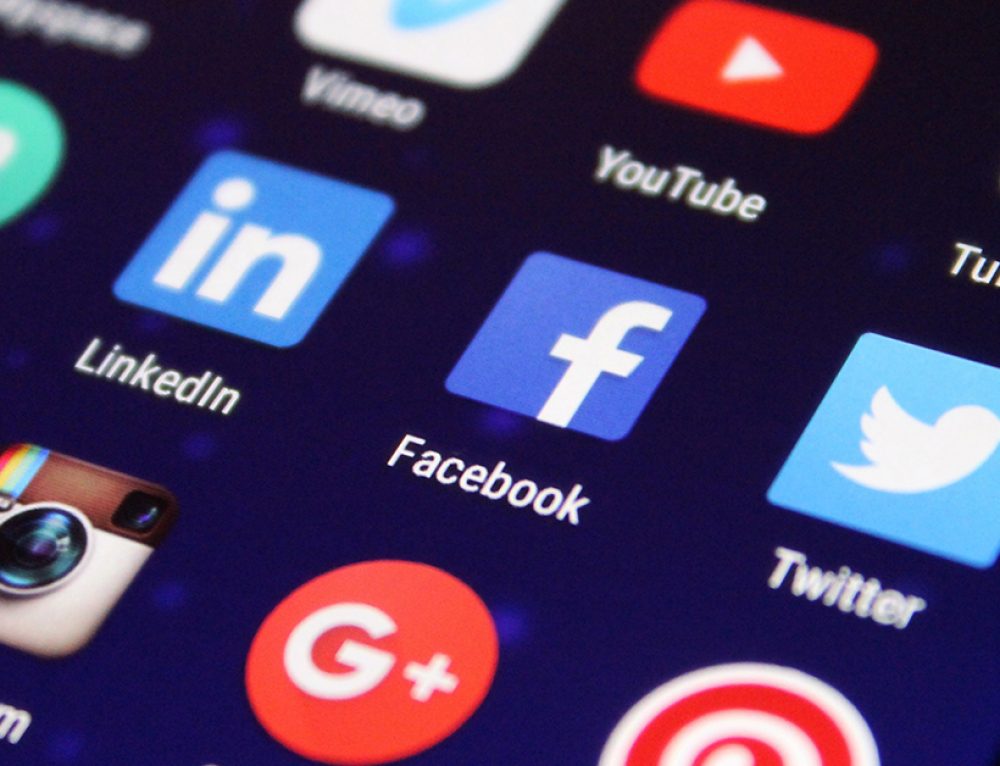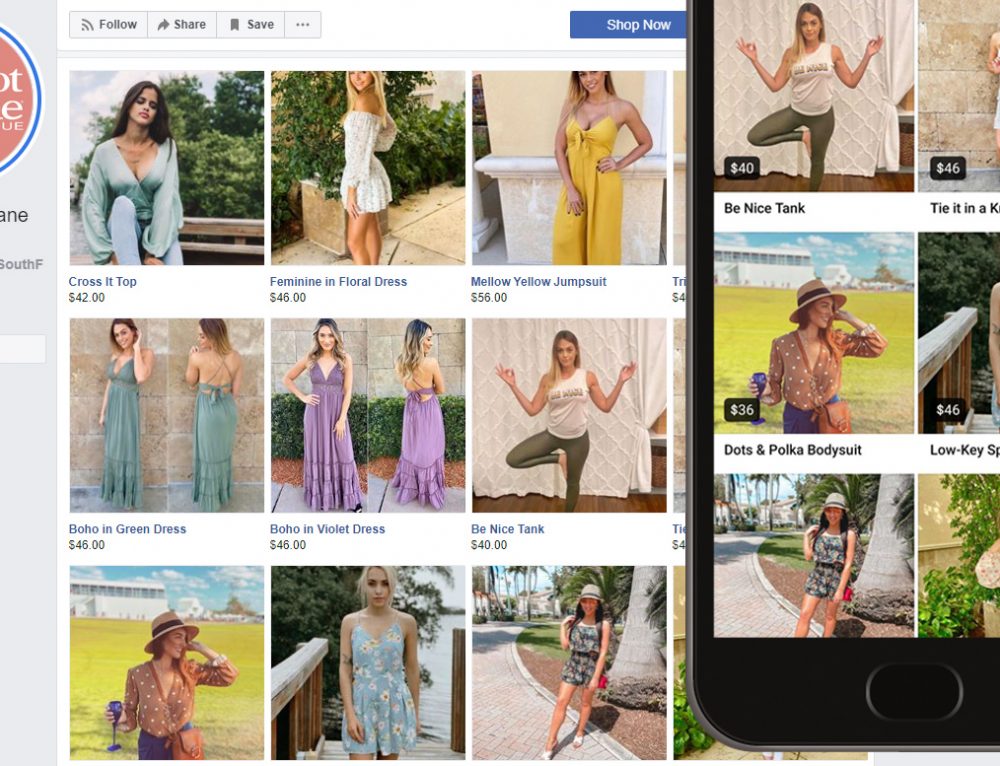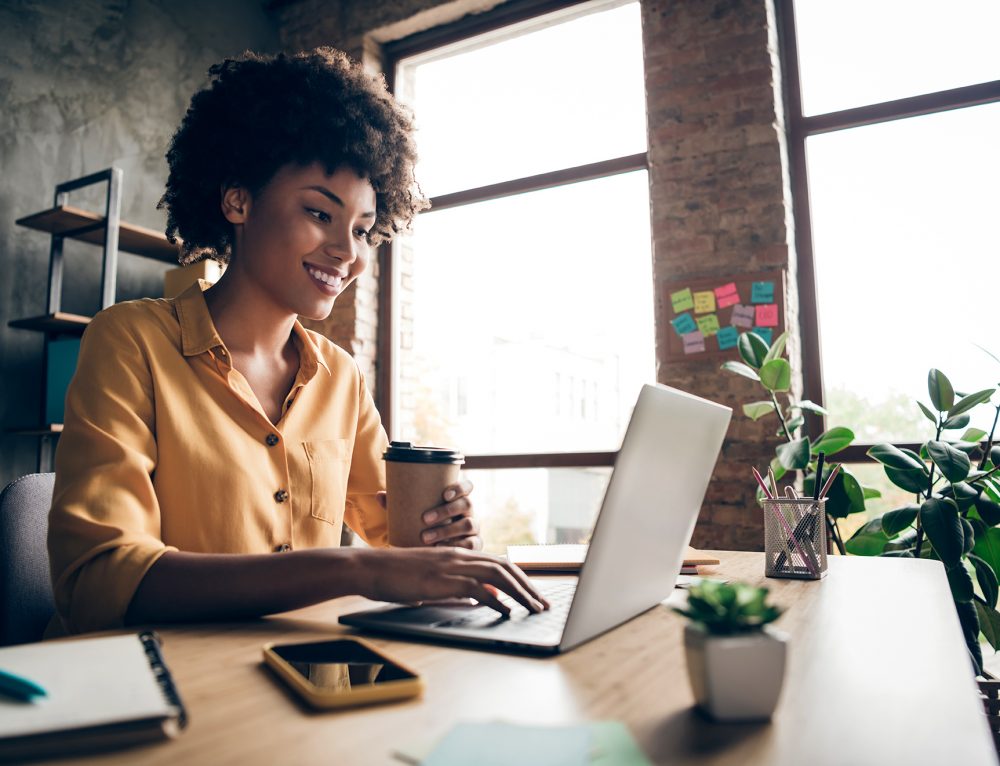
The most successful retailers today understand that a customer’s smartphone and even their home phone is one of the best tools for creating memorable in-store shopping experiences.
Why does that integration make sense? Because the customer journey isn’t linear anymore, Sitecore VP of Strategy and Industries Vijayanta Gupta writes. As a result, brands need to deliver experiences that work across the digital and physical worlds. Businesses can also hire an innovation consultant for guidance on how they can use technology to their advantage. In particular, smartphones can be used to elevate in-store shopping to a new level by creating experiences that ultimately boost foot traffic. Of course, stores do make use of technologies besides smartphones. For example, a lot of online and in-store cannabis businesses have dispensary POS that helps both the employees as well as customers. That is, POS software has features such as integrated online ordering, customer profile which features their favorites, payment methods, customer queue, and much more. If your signal is still slow you may want to consider WiFi Range Extender. As the name suggests, it can help extend the range of WiFi i.e. the areas it covers in a property, but they can affect speed, so you need to do your research on the best models available. You can learn this information about the fundamentals explained by Connected Solutions Group.
Several multi-location brands are already leveraging mobile-integrated experience. Learn more about what they are doing and how your company can embrace this strategy, too. Using great custom packaging boxes can make you get more customers online.
REI
Outdoor retailer REI sees smartphones as a way to enhance the presence of their retail stores, not supersede that presence, writes Mike Cassidy, lead storyteller at Signifyd. That was true in 2014, and it’s true now. REI has long understood that many of its customers do their initial product research online, then investigate products in more depth by going to the store.
That’s why REI offers free Wi-Fi to in-store customers, says Credera’s Dylan Compo. This allows customers to get online and learn more about the products in front of them. REI associates also carry mobile phones to scan barcodes to ensure prices are the same in-store and online. If they aren’t, associates can match the lowest price then and there.
Lush
Walk into a Lush store, and you’ll immediately be hit by all of the dazzling colors, beautiful displays and intoxicating scents. In fact, using scent for marketing is something that Lush does brilliantly and many people are happy to head into the shop just to smell their products. People find that certain scents can closely be tied to good memories, so having a signature scent in your store can allow you to make your brand more powerful and memorable by connecting you to your customers on an emotional level.
Unfortunately, what Lush isn’t so good at is their customer service because of how busy the store gets. If there isn’t a store employee available, you might be left with more than a few questions about all of the store’s products, which sit unwrapped on the shelf. Product information isn’t always abundant or clear.
That’s why Lush is turning to its mobile app for help. Lush Lens is an augmented reality app that lets customers scan packaging-free products and bring up a wealth of information, fashion journalist Bia Bezamat writes.
It isn’t just an innovative and effective way of informing customers. The app also pushes several of the brand’s core principles. “The innovation also ties back to the sustainability goals the brand has built its DNA upon – by creating solid products (such as shampoo bars, rather than in liquid form) it not only eliminates the use of packaging like plastics, but enables experiences that more easily involve image recognition,” Bezamat writes.
Lush is also experimenting with a Siri-style concierge system called Lush Concierge, writes Econsultancy’s Nikki Gilliland. If rolled out across the brand, customers would be able to ask the app where the nearest store is, and shop assistants will be able to check stock levels quickly.
Like REI, Lush employees also have an app that improves their ability to offer standout customers service, writes Total Retail’s Joe Keenan. Key information such as product launches and marketing messages can be delivered straight to the personal phones of all employees, helping Lush’s head office to engage and inform all employees instantly. This has become a reality because their app developers have invested their time on FileMaker Training.
Rent the Runway
Rent the Runway may have started as an online-only service, but it is already way ahead of other retailers when it comes to the in-store experience.
The mobile-first experience is obvious the moment that customers set foot in the door. “Every customer who enters is encouraged to sign up for a fitting room at check-in, and they receive a text once their fitting room is available,” retail consultant Veronika Sonsev writes.
The store is also integrated with the Rent the Runway app, the team at Future Stores writes. The app includes RTR NOW, which offers a real-time view of the store’s inventory, and RTR Concierge, which lets customers quickly speak to employees. Customers can even use the app to pre-select the clothes they want to try on before they visit the store.
Customers don’t even have to use their own smartphones. The store is dotted with interactive kiosks that allow customers to execute a number of actions, writes Retail Customer Experience’s Judy Mottl. This includes pickup and drop-off, exchanges, and an overview of the store’s entire inventory.

Target
Target is taking steps to make the mobile shopping experience better, simpler and more straightforward. This started with the company’s consolidation of its separate mobile apps into one single application that allows users to browse products, pay and participate in the company’s loyalty program, writes Digiday’s Suman Bhattacharyya.
Location-based features are a key part of Target’s app, writes reporter Lauren Johnson. Customers are pinged with a notification when they are near a Target store and served a location-specific ad complete with weekly special offers only found only in that store.
As at Rent the Runway, Target customers don’t have to use their own phones to have an awesome in-store experience. During the 2018 holiday season, Target launched “Skip the Line” mobile checkout services nationwide, reports TechCrunch’s Sarah Perez. Staff equipped with phones and tablets roamed around the store to help customers pay on the spot without having to line up for checkout.
Sephora
When Sephora discovered that in-store customers regularly used their phones to check third-party reviews, product recommendations and price information, the company was quick to take advantage, marketing consultant Brian Honigman writes.
The result was the Sephora mobile app, which was designed to mimic the experience of shopping with a personal assistant. Rather than having to turn to Google, customers can open the app and quickly find product reviews, recommendations and prices.
Sephora also uses its own in-store devices to help customers find the looks they want, as Storefront’s Stephanie Kidder writes. Augmented reality-based Beauty Hubs allow customers to test hundreds of products without having to physically apply any makeup. The platform also provides a virtual lookbook of thousands of makeup styles, as well as tutorials and skin diagnostics. When customers find products they love, they can use Beauty Hub terminals to pay for them online or in-store.
Like Target’s app, the Sephora app also uses beacon technology to inform customers when they are near a Sephora store, writes Emarsys’ Lisa Manthei.

Ulta
One of the great things about beauty stores is the ability to try on products in person. But it’s not always convenient to do so – especially if you want to try on multiple products – and most stores normally have only one or two demonstration areas.
The Glam Lab section of Ulta’s mobile app provides the perfect solution to this problem, allowing customers to try on hundreds of products by uploading a selfie.
When products aren’t available, Ulta’s Store to Door is there to help. The program allows lets in-store customers place orders through the online shop for home delivery. That program has been so popular that Ulta has had to improve the functionality of its online store, Chain Store Age’s Dan Berthiaume reports.
What’s more, Ulta’s cultivated an in-store experience so inviting that it’s been able to stock brands such as Kylie, Morphe and Revolution Beauty – brands that were born online, but now are available for customers to try on in-store, market researcher Pamela N. Danziger writes.
Williams-Sonoma
A decade ago, Williams-Sonoma customers relied on the company’s catalog to find products they love. Today, they rely on their phones. And Williams-Sonoma has transformed its in-store experience to keep pace with its customers’ expectations.
To pull this off, Williams-Sonoma acquired augmented reality startup Outward for $112 million. Using Outward’s technology, Williams-Sonoma can create VR and AR rooms that allow customers to see how potential purchases would look in their home, writes Diginomica’s Stuart Lauchlan.
The platform is called Design Crew Room Planner and solves one of the biggest problems that home decor brands like Pottery Barn and West Elm have struggled with for years: customers buying a product in-store only to find that it doesn’t really fit with their home’s aesthetic. For instance, if someone is searching for faux stone siding for their home, they want to be assured that they are going for a company, brand, service, etc. that can provide what they need at the best quality that they require, if not, it can stop customers from coming to their company, rendering them not able to sell. Quality comes over quantity in businesses such as this.
Like Lush, the company is also investing in visual search. Williams-Sonoma customers can take photos of in-store products and find them in the company’s digital product catalog, writes CIO Dive’s Alex Hickey.
There are a dozen different ways your brand can leverage mobile to improve the in-store experience. But you don’t even need to create an award-winning app or spend hundreds of millions acquiring a VR company. Mobile checkouts, in-store tablets and smartphone-equipped staff could be all you need to create a shopping experience that will keep customers coming back.
Images by Antonio Guillem/ 123RF.com, Square, Tinh Khuong





